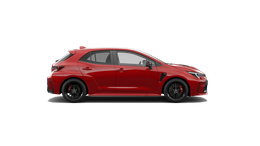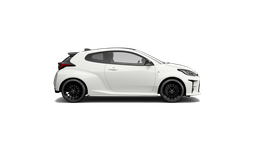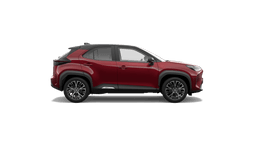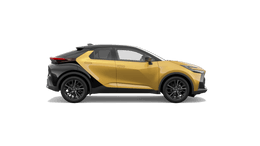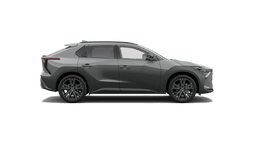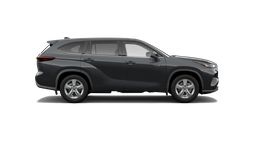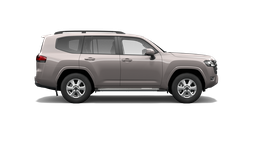Toyota Demonstrates Power Of Hydrogen Technology At Marvel Stadium
August 2, 2022
Categories:

Toyota has demonstrated the power and potential application for hydrogen technology using a stationary fuel cell to power the iconic Marvel Stadium sign and coaches’ box for last weekend’s Round 19 AFL clash between the Western Bulldogs and Melbourne Demons.
The demonstration used the same type of Toyota-designed fuel cell as seen in the Mirai FCEV (fuel cell electric vehicle), generating the electricity to power the large Marvel Stadium sign on the outside of the stadium, as well as the Western Bulldogs coaches’ box.
Toyota Australia Manager of Energy Solutions, Matt Macleod said the demonstration aimed to showcase the broader applications for hydrogen-powered fuel-cell technology beyond the transport sector, as a clean and efficient source of electrical energy generation across a range of industries.
“Toyota sees hydrogen fuel cells as a key source of clean, renewable electrical energy going forward, as evidenced by vehicles like the Mirai FCEV,” Mr Macleod said.
“Partnering with the AFL to help power the Round 19 game at Marvel Stadium shows the incredible scope this technology has, all while producing no CO2 emissions.”
The EODev GEH2 fuel cell unit is capable of producing roughly 80kW of power, but only 10-15 per cent of this capacity was required to power the Marvel Stadium facilities providing 105kW/h of electricity over the course of seven hours.
Running in the lead-up to and during the game, the EODev unit used 6kg of hydrogen saving an estimated 100kg of CO2 emissions compared to running the lighting off the electricity grid, demonstrating the immediate environmental benefits.
To further raise awareness of its fuel-cell technology, Toyota also had a cross-section of the Mirai and its FCEV powertrain on display at the Marvel Stadium concourse, allowing passers-by to view the cutting-edge technology up close.
The Mirai powertrain is composed of a 330-cell fuel cell stack, three compressed hydrogen tanks, a lithium-ion battery and integrated electric motor, combining to produce 134kW/300Nm.
The three carbon-fibre reinforced plastic (CFRP) tanks are capable of storing up to 5.6kg of hydrogen, which allows for a driving range of approximately 650km with only water vapour as emissions.
Toyota’s commitment to hydrogen-powered technology is part of its solution to a more sustainable future under its Toyota Environmental Challenge 2050, which aims to achieve zero CO2 emissions from its vehicles and plants globally by 2050.







